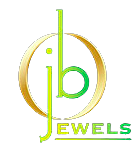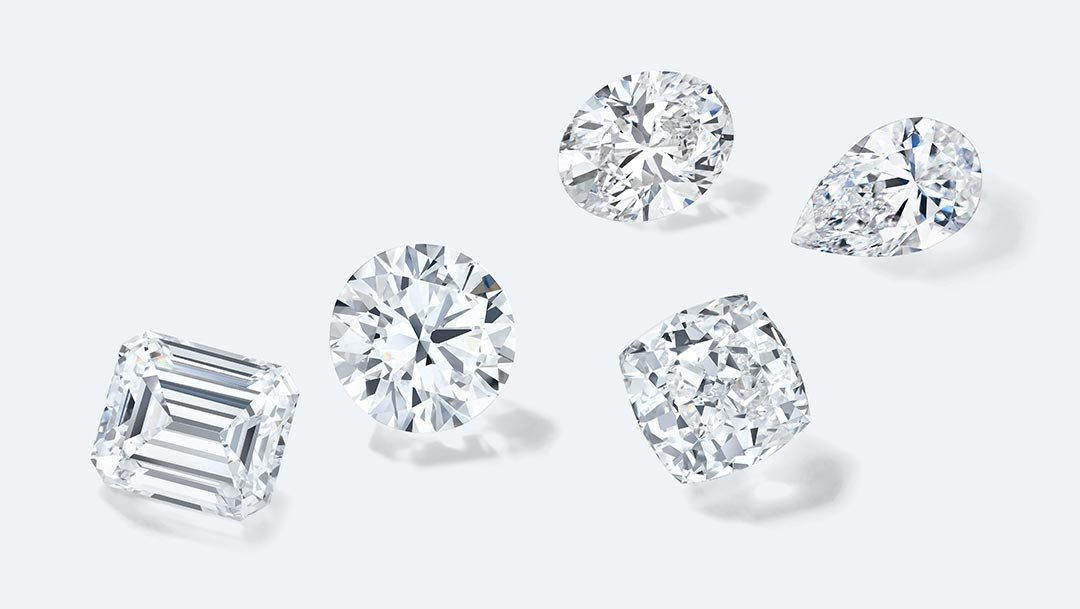More Than the 4 C's
As you can see from the graph above, diamond prices have risen dramatically over the past year. I even recently received a generous five-figure offer for a diamond ring just this past week.
What this means for you is that now is a great time to sell your diamonds. You can start this process by working with a professional to obtain a GIA report for your diamond.
In fact in today's market, it is almost impossible to get the best price without a GIA report.
Everyone knows a GIA report is essential when determining the Four C's: cut, clarity, color, and carat weight of a diamond.
Fewer people realize the GIA report shows more than just the Four C's, though.
It reveals table depth, girdle thickness, pavilion surfaces, polishes, and more than twenty physical points about the diamond. You can even discover the provenance of your diamond to determine which mine it came from in the world.
Obtaining a GIA Report
That is why you need an expert with years of experience to read and interpret the report for you.
And this is where I come in.
Through my decades of experience in the industry, I've cultivated relationships that help me get the best offer for my clients' jewelry.
For example, I recently met with a client I had been communicating with for over two years. Due to COVID restrictions and her living out of the country, it was impossible for us to meet in person.
When we finally met in person, I began my work by explaining the process, timeline and expectations surrounding the sale of her diamond.
I began "getting my ducks in a row" by taking in her ring and cleaning it with ultrasonic and high-pressure steam techniques. I then had the diamond removed by a specialist and weighed.
I then placed it into a parcel and hand-delivered it to the GIA, which is located in a secure building that requires proper credentials to get to the laboratory.
There, I was able to get the diamond inspected, and received an official receipt with a preliminary description. The entire process can take 10 to 15 business days.
After we obtained the comprehensive report, I took another ring of hers to my network of various dealers to determine which offers would be best.
I showed both pieces to several auction houses, allowing me to connect with as many qualified buyers as possible. All I needed to show for the graded-diamond ring was the GIA report, and the buyers could be certain of exactly what to expect.
Once I received those offers, I took the diamond to multiple diamond houses as well, to see if I could have the price matched, and avoid any fees the auction houses may charge.
Choosing an offer
Typically, I do not take the first offer. I am patient with every sale so we can fully understand all of the offers and choose the best option for my client.
I'm always asking myself, "What is best for my client?"
After I collected all of this information, I took it to my client and helped them understand the value of every piece of their jewelry. This helped us better determine how they'd like to sell. Once that was decided, we were able to sell my client's jewelry for all the value it was worth.
Example of the loupe I use
So how do I know all of this?
My first job out of college was with the GIA, where I was a junior associate working among senior graders with years of experience. More than thirty years later, I am now even more proficient and confident in my appraisals.
I've been working in the industry for over three decades now, and I still pride myself on being a lifelong learner and challenging myself to continually learn new information about emerging developments.
TIP: Ensure you obtain a GIA Certificate to save time and receive the highest offer on your diamond.
Contact me with any questions.
~ Jane
(212) 923-3328 | jane@jbjewels.com
JB Jewels | Fine Jewelry Redefined




